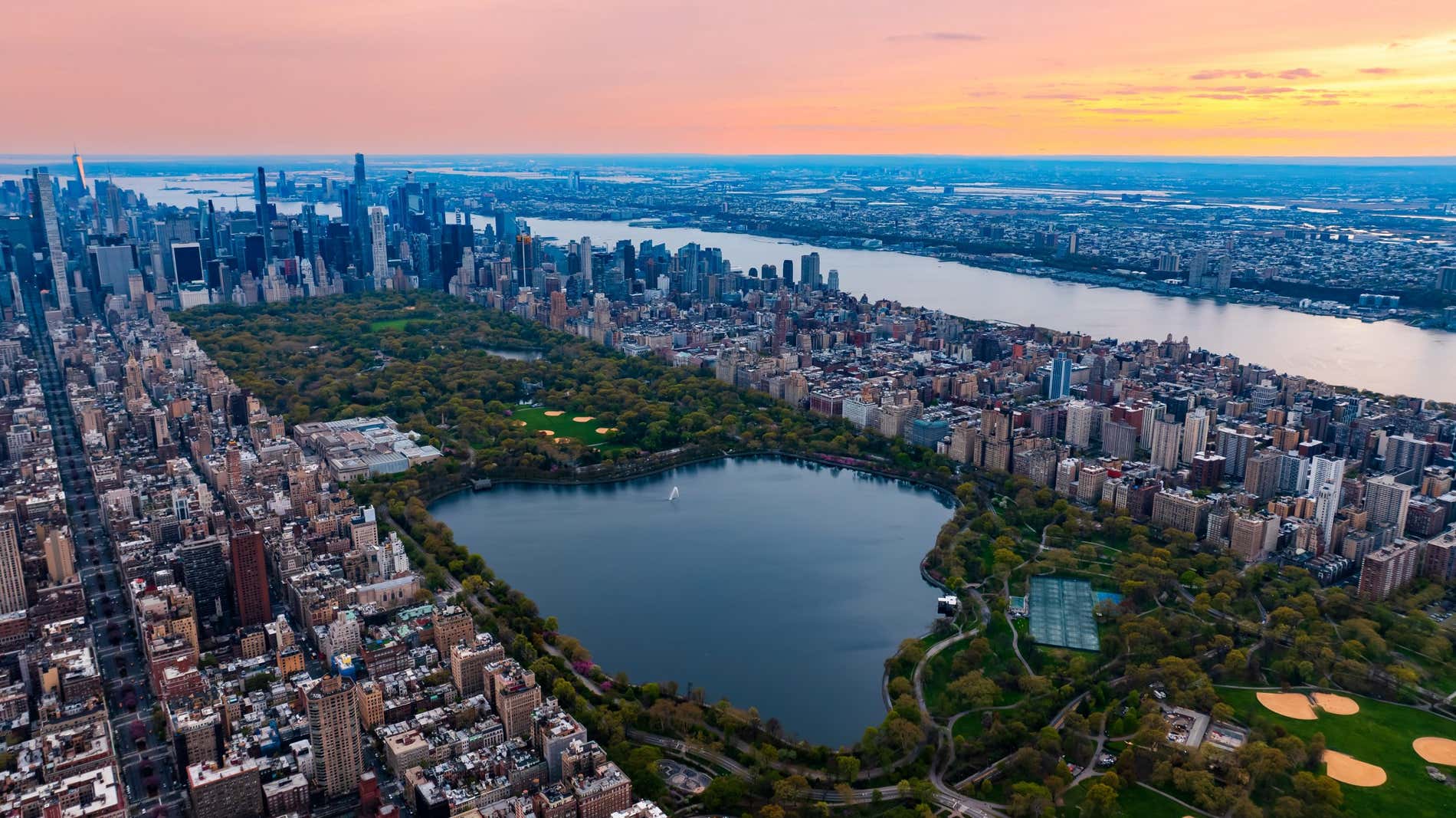10 Things to do in Guanajuato: Mexico’s Enchanting Colonial Gem
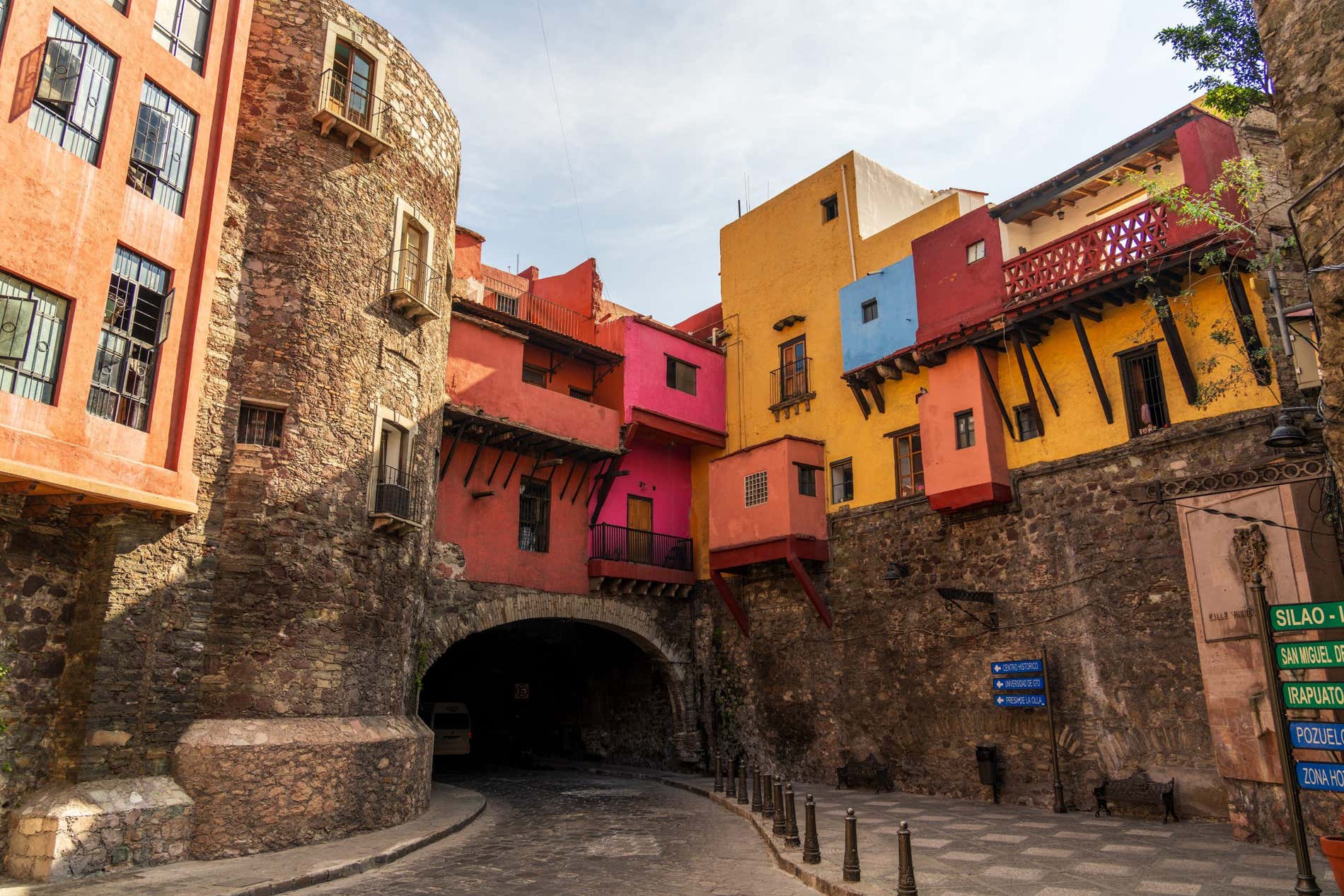
Guanajuato is a UNESCO World Heritage city nestled in the heart of Mexico. This wonderfully colorful city, with gorgeous colonial architecture, a walkable center, and profound cultural richness, has managed to fly under the radar a little bit among international travelers. Those who do visit, however, often find it is one of their favorite cities in the country—and it’s easy to see why.
What to Do in Guanajuato for First-Time Visitors
Enjoy wandering the city’s colonial-era vibe, filled with vibrant colors, narrow alleyways (callejones), and history at every corner. Guanajuato’s character is shaped by its history as a mining town, though today it is better known for its thriving student culture. All that, and surrounded by the Sierra de Guanajuato Mountains, there’s plenty to love about this city. Join us at Civitatis as we explore the top things to do in Guanajuato!
1. Discover the Heart of the City: Jardín de la Unión & Teatro Juárez
The Jardín de la Unión is Guanajuato’s vibrant main square. The heart of the city, the triangular, tree-lined Jardín de la Unión is home to countless charming cafes, some of the best restaurants in the city, and historic buildings, making it the perfect spot to soak in the local atmosphere, people-watch, and enjoy live music. When the sun goes down, the city’s nightclubs are also just a stone’s throw away.
Just off of Jardín de la Unión, you’ll find the magnificent Teatro Juárez, an architectural masterpiece with its grand staircase and iconic muses guarding its entrance. This opera house is not just a landmark but a symbol of Guanajuato’s rich cultural heritage. You’ll also find the 350-year-old Basilica of Guanajuato, built in the Mexican Baroque style, and is home to a jewel-encrusted image of the Virgin Mary, which is said to have been hidden in a cave for over 800 years.
The best way to visit the Jardín de la Union (and the rest of this World Heritage City), is by going on this Guanajuato walking tour, which starts from this square and goes on past Juárez Theater, Monumento de la Paz, and more!
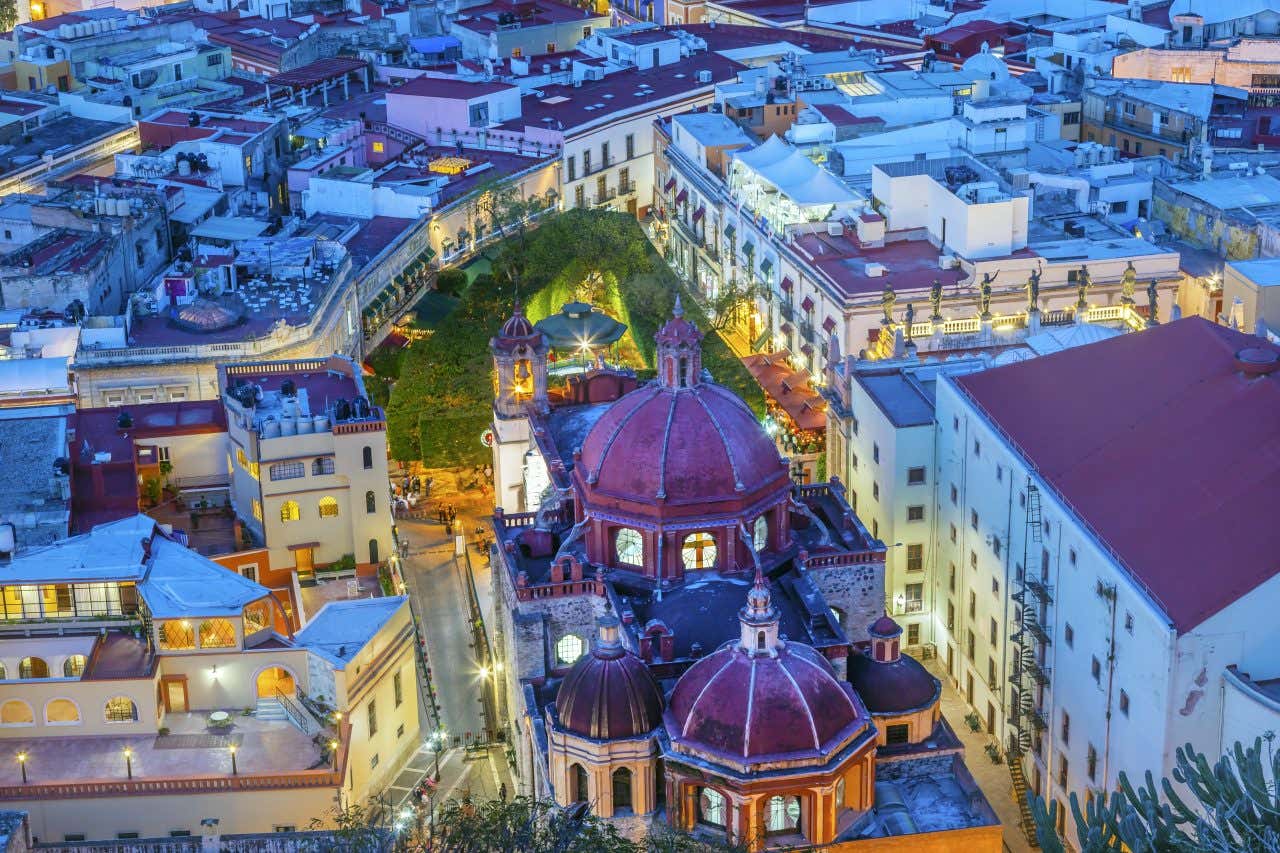
2. Wander the Enigmatic Alleys: Callejoneadas & Street Legends
Guanajuato is famous for its intricate network of narrow, winding alleyways, known as callejones. These passages (of which there are over 3,000) are a joy to explore, for their picturesque views, as well as the secrets and legends associated with them. What’s more, they often lead to picturesque plazas! The Callejoneadas are traditional night tours led by student musicians (Tunas) who sing, tell stories, and lead visitors through these alleys—an absolute must in Guanajuato.
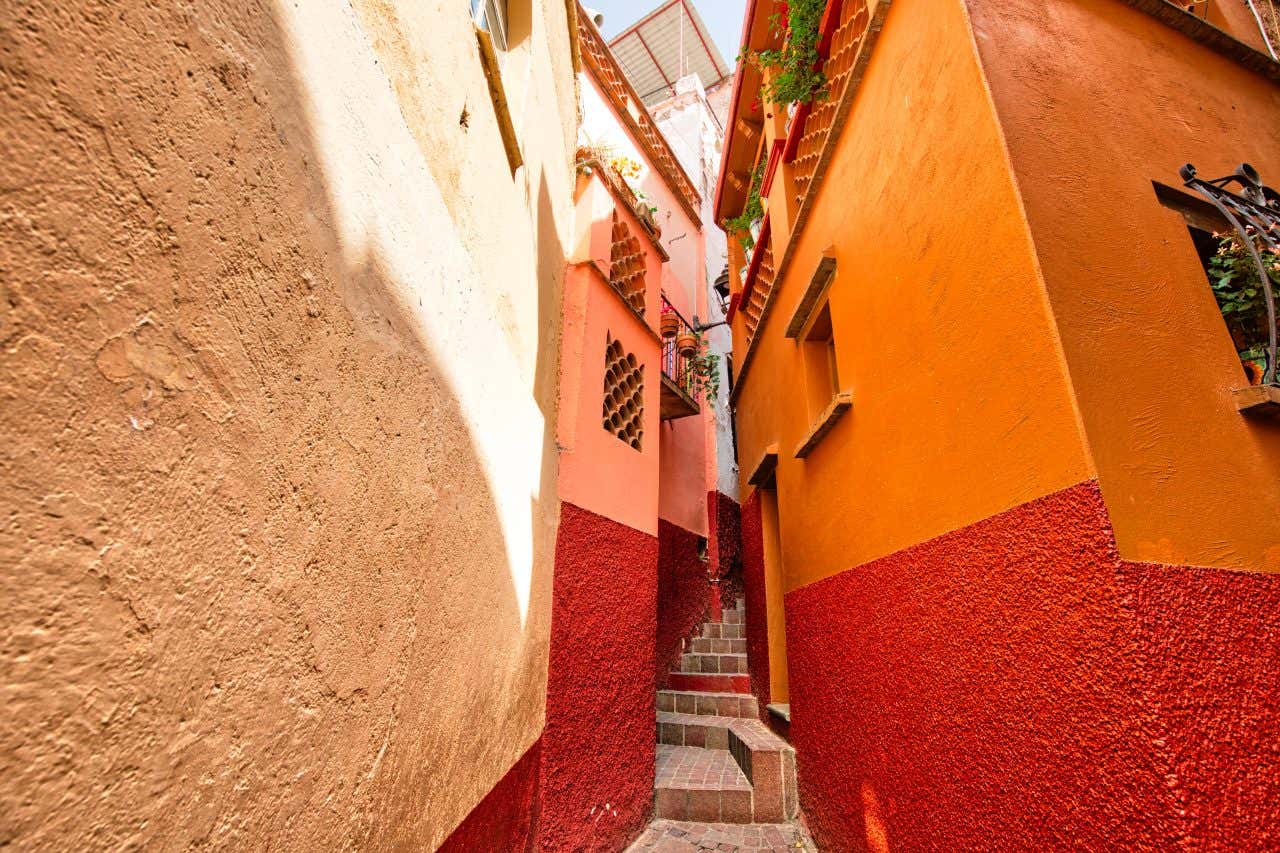
3. Explore the Mummy Museum (Museo de las Momias)
For a truly unique and somewhat eerie experience, enjoy a tour of the Mummy Museum. This unusual museum houses a collection of naturally mummified bodies. This museum’s origins were actually a local cemetery. In the late 19th and early 20th centuries, there was a local ‘burial tax’ in place, which would be paid by family members of the deceased. If the family could not pay the tax, the bodies would be embalmed and naturally mummified. Over time, the cemetery became somewhat of a tourist attraction, leading to it eventually being converted into a museum. Definitely not for everyone, this macabre museum does offer a fascinating, albeit somber, insight into the region’s history and funerary customs.
4. Immerse Yourself in Art at the Rivera House Museum
Did you know that Guanajuato is the birthplace of Diego Rivera, one of Mexico’s most renowned artists and husband to Frida Kahlo. Though the house he shared with Kahlo is in Mexico City (known as the Casa Azul), his childhood home has been transformed into the Casa Museo Diego Rivera, or Diego Rivera House Museum. This museum offers a glimpse into the early life of the muralist and showcases some of his lesser-known works as well as pieces from other artists.
We’d also recommend checking out the Museo Iconográfico del Quijote, a museum dedicated to the story of Don Quixote. This work is considered a founding work of Western literature, as well as the first modern novel in any language. The novel was written by Miguel de Cervantes, a Spaniard hailing from Alcalá de Henares—why is there a museum dedicated to his work in Guanajuato? Well, it is down to the Civil War in Spain, when Eulalio Ferrer was forced to flee from his home in Spain. On his journey to Mexico, he traded a packet of cigarettes for a pocket-sized edition of the novel. Don Quixote became a place for Ferrer to escape to during his distressing journey, and over the course of his life, he amassed an impressive collection of pieces relating to the story, which meant so much to him, and eventually opened this museum in celebration of it.
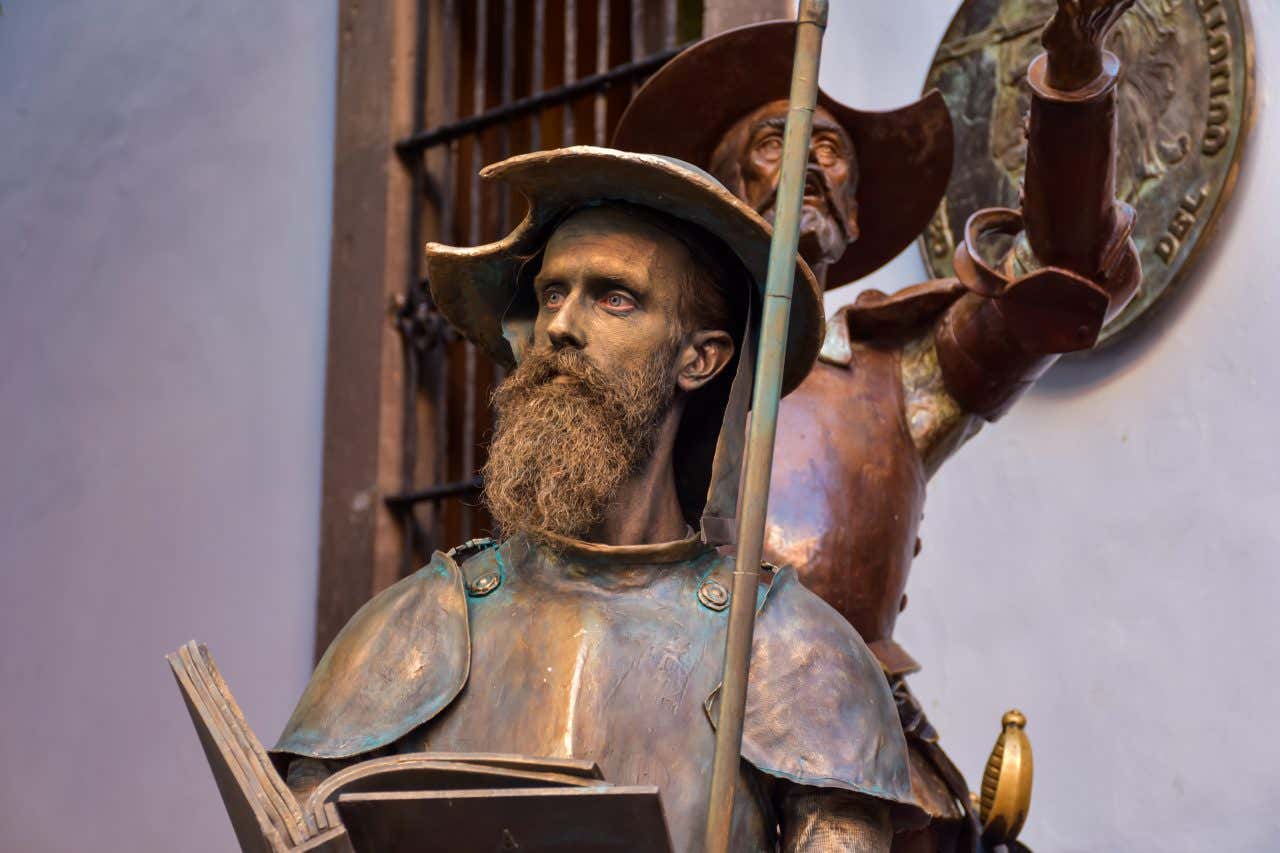
5. Discover Guanajuato’s (Underrated) Food Scene
We’re in Mexico after all! In truth, as far as Mexico goes, Guanajuato is not considered a mega food city. That said, if you know where to go, it can be as good as anywhere else in the country!
Local delicacies include enchiladas mineras (miner’s enchiladas), which contain onions, cheese, and a sort of carrot and potato stew, and is served usually with lettuce, japelpeños, and salsa. The name of this dish refers back to the city’s mining history, and was a classic meal brought by the miners by their wives to refuel after a long day.Also try a Cebadina, a bright-pink fizzy drink local to the state. Usually, this concotion is prepared with barleywater, tepache (barley water), tamarind, and red hibiscus flower.
On this Guanajuato + street food tour, you’ll be brought to the local favorite street food stalls, to try traditional mexican classics like tacos de carnitas (pork tacos), and gorditas de la Güera which is a small, fried corn cake filled with cheese, beans, and usually meat.
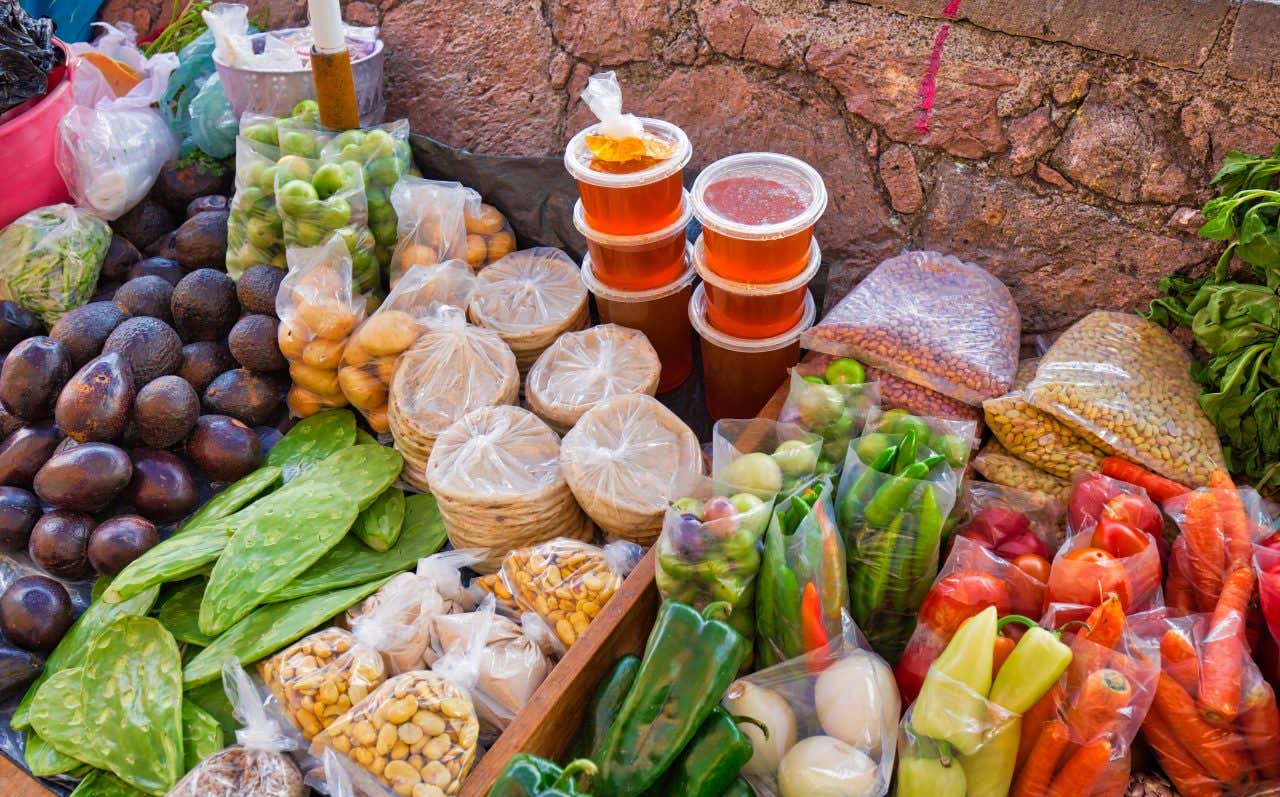
6. Go on a Wine Tour in San Miguel de Allende
Sticking to food & drink in Guanajuato, if you’re into your wine, this is a state to visit, best known in the wine world for being home to San Miguel de Allende (a UNESCO World Heritage Site) and Dolores Hidalgo. Guanajuato wines are unusual in the sense that they get rain during both growing and harvest seasons, with white grapes usually picked by the end of July, and reds following August. Because of these conditions, grapes like Tempranillo, Merlot, Malbec, and Sauvignon Blanc, which ripen early and generally have thicker skins, are preferred by winemakers.
Check out this wine tour to a vineyard in San Miguel de Allende, which includes a tour of the town, a vineyard and its facilities, as well as a tasting accompanied by a cheese board.
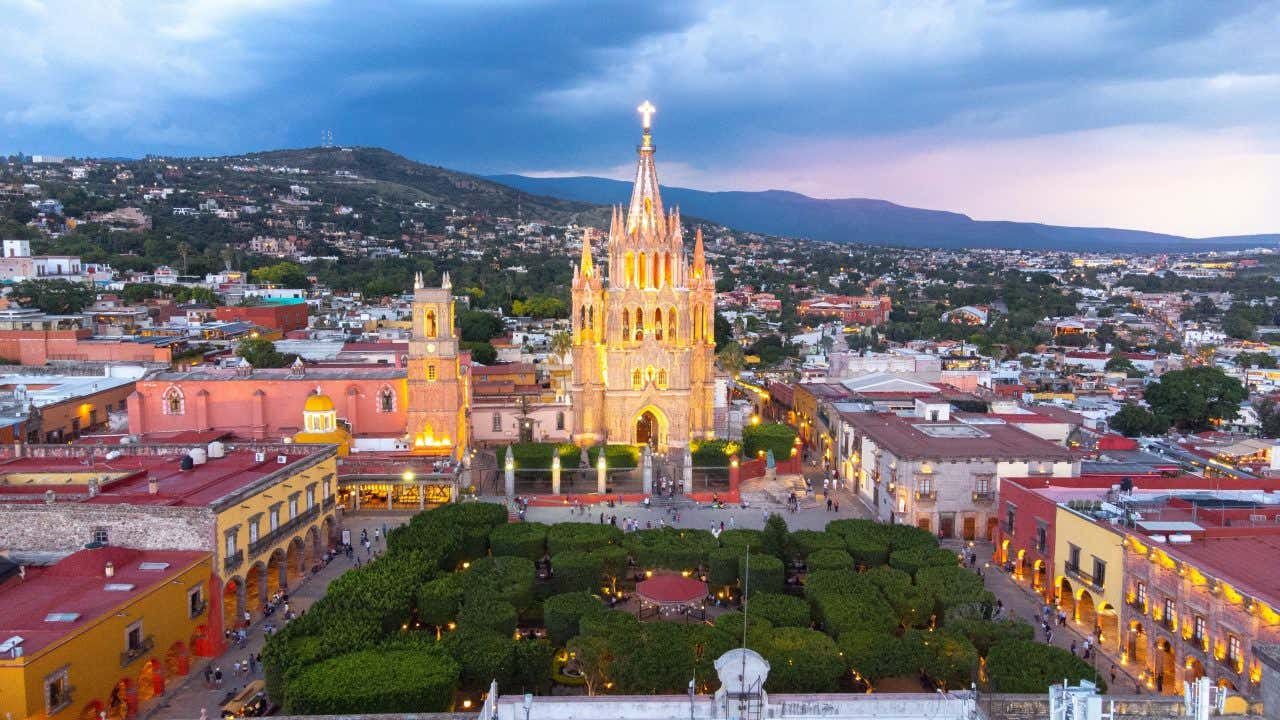
7. Discover the Plazuela Archeological Site
Located in the Pénjamo region of Guanajuato, the Plazuelas Archaeological Site is one of the state’s most significant and lesser-known pre-Hispanic ruins. This ancient settlement was once inhabited by the Guachichil people and features a unique combination of ceremonial plazas, pyramids, and residential structures.
What makes Plazuelas stand out is its intricate stone carvings and petroglyphs, many of which are thought to have cosmological significance. The site is beautifully preserved and much quieter than more famous archaeological destinations, making it ideal for those looking to explore Mexico’s ancient history without the crowds. Pair your visit with a stop at the nearby Corralejo Tequila Factory for a fascinating day trip that blends cultural heritage with local tradition.
8. Connect with Nature: Hiking & Horse Riding in Sierra de Santa Rosa
Just outside the city, the surrounding natural landscapes offer a refreshing contrast to Guanajuato’s urban charm. The Sierra de Santa Rosa provides opportunities for outdoor adventure, from scenic hikes to tranquil horseback riding along historic routes.

9. Ascend for Panoramic Views: Pípila Monument
Perched high above the city, the Pípila Monument offers the best views of Guanajuato’s colorful cityscape, nestled in the hills of the city. The monument was dedicated to a local hero of Mexican Independence and a miner: Juan José de los Reyes Martínez Amaro. This monument is a must-visit for photographers and anyone wanting to understand the city’s history and see its beauty from above.

10. Go Kayaking at ‘The Sunken Temple’
Last up on our list is a unique plan, which involves a 1-hour drive out to the La Purísima Dam, built in the 1950s. During the construction of this dam, it flooded the small town of Zangarro, and its church, dedicated to the Virgin of Dolores, now known as the ‘Sunken Temple.
On this Sunken Temple kayak tour, you’ll make your way out to this fascinating site, explore it on kayaks, and learn about the history of the town.
There you have it for the best things to do in Guanajuato! If you’re still looking for ways to build your itinerary, check out more tours & experiences in Guanajuato and get inspired!







